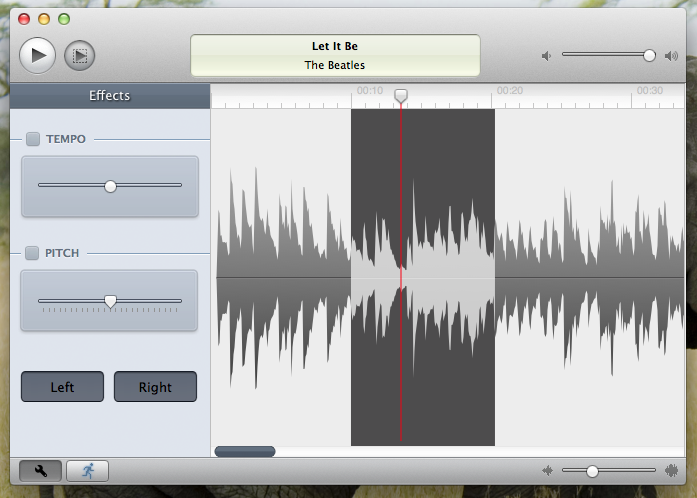

NET Framework 4.8 offline installer for Windows – Downloads Microsoft. The following are available for individual download:

It is recommended that an experienced information technology specialist execute an unattended installation. The installation parameters must be specified carefully. You may also wish to use this Static install for a variety of reasons related to your account’s environment, including if: 1) you have network restrictions which may block download of product binaries (updates downloaded to the user’s machine upon sign on, when available, if Update Automatically is selected in System Preferences), 2) you want to limit the size of user-level cache folders, or 3) you have a non-persistent VDI environment and want to avoid reoccurring cache restore. If you are installing Drafting Assistant to end users who do not see Software Update Options in Drafting Assistant's System Preferences, use this Static install. This method allows you to install the software without requiring user interaction and can be used to install Drafting Assistant over a network using a push installation such as System Management Server. If done correctly, you will see a response that your credentials have been saved.If you want to install Drafting Assistant on multiple desktops, you can install from the command line.

On the next page, you will see a text box that contains your client’s Access Token.Ĭopy that Access token and paste it into the command prompt where it asks you for the authorization code. Select the same Google account that you used to configure the Google Assistant API. In the command prompt, you will see a response telling you to visit a URL in order to authorize the application.Ĭopy and paste this URL into your browser. (As in my case, it was: pip install -upgrade google-auth-oauthlib google-oauthlib-tool -client-secrets "C:\Users\Arya Bhushan\Documents\GAssistant\additional\client_id.json" -scope -save -headless) Pip install -upgrade google-auth-oauthlib google-oauthlib-tool -client-secrets path/to/client_secret_XXXXX.json -scope -save -headless Once it’s done, next enter the following command ( make sure to adjust the path): These are needed for the sample Python project to work. You should see a whole bunch of dependencies being downloaded and installed when you enter this command. Python -m pip install google-assistant-sdk Open up a terminal/command prompt window and go through the following steps.

Next we need to set up the client that will access the Google Assistant API. We have now created a mechanism for a client, in this case our Windows/Mac/Linux machine, to access the Google Assistant API under our Google account. This is so Google Assistant can actually read you personalized information. Go to the Activity controls page for your Google account and make sure that “Web & App Activity”, “Location History”, “Device Information”, and “Voice & Audio Activity” are enabled. Save this file anywhere on your computer, ideally in a new folder called “googleassistant.” All the way to the right, click on the download icon to download the client_secret_XXX.json file, where ‘XXX’ is your client ID. Now under the list of OAuth 2.0 client IDs, you should see the client ID you just made. Ĭlick “done.” There’s no need to click download here as we only need the client secret, which we will download next.Under “product name shown to users” enter “My Google Assistant.” Click continue. Once done picking a name, click “create client ID.” Name the Client ID anything you want, for example, your name + Desktop. Google should recommend that you create an OAuth 2.0 client ID. For “what data will you be accessing” select the “User data” circle. Under “where will you be calling the API from”, select “Other UI (e.g. This will take you to a setup wizard page where Google helps you figure out what kind of credentials you need to use this API. Click “Create credentials” in the top right. Google will warn you that you need to create credentials to use this API. Ĭlick this link to go straight to the Google Assistant API page.After it is done creating your Project, you will be brought to your Project’s configuration page. You should see a spinning progress icon in the top right. Wait a few seconds for the Console to create your new Project. Name the Project “My Google Assistant” and click “Create.” Go to the Projects page in the Google Cloud Platform Console.All of these steps are platform independent, meaning that the steps are the same for Windows, macOS, and GNU/Linux OS. What follows are step-by-step instructions walking you through the process to enable the Google Assistant API in the Cloud Platform Console so you can access Google Assistant through the Python program.


 0 kommentar(er)
0 kommentar(er)
